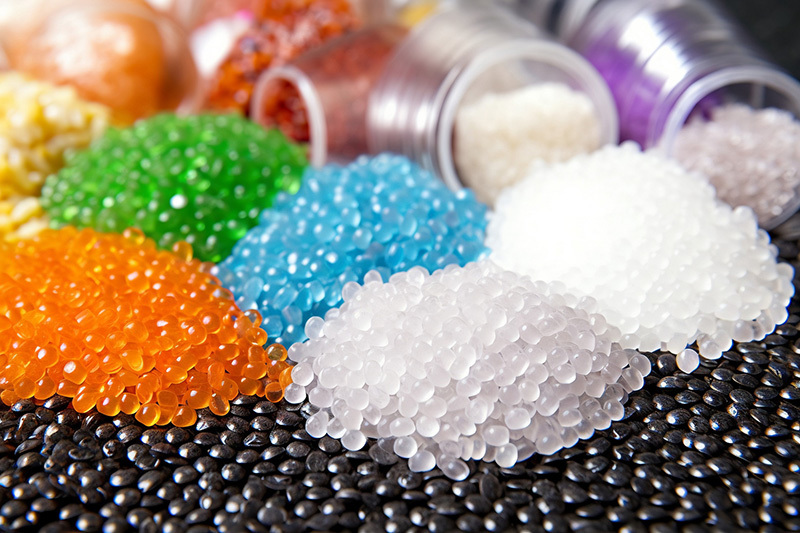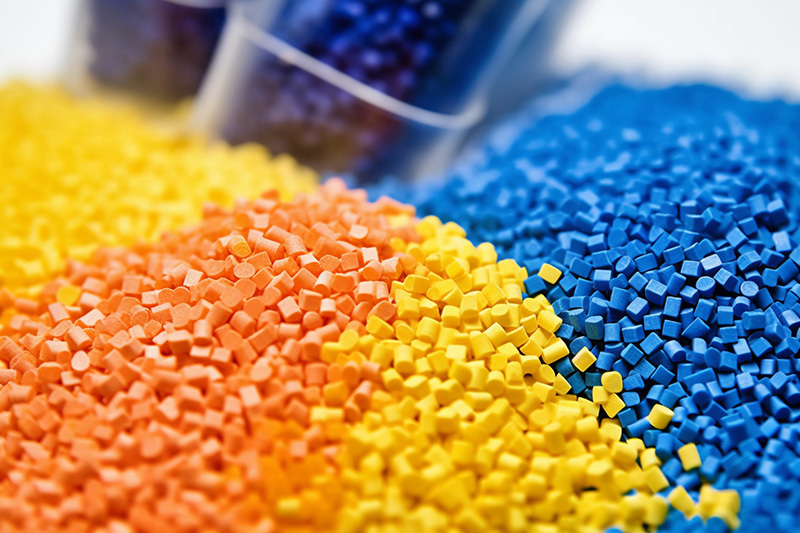Matching relationship between pigments, plastic raw materials and additives
Release time:
2023-12-25
The colorants used in the masterbatch must pay attention to the matching relationship between colorants, plastic raw materials and additives in the masterbatch technology. The key selection points are as follows. 1. The colorant cannot react with resins and various additives, has strong solvent resistance, low mobility and good heat resistance. In other words, the masterbatch cannot participate in various chemical reactions. Carbon black can control the curing reaction of polyester plastics, so carbon black materials cannot be added to polyester.

The colorants used in the masterbatch must pay attention to the matching relationship between colorants, plastic raw materials and additives in the masterbatch technology. The key selection points are as follows.
1. The colorant cannot react with resins and various additives, has strong solvent resistance, low mobility and good heat resistance.
In other words, the masterbatch cannot participate in various chemical reactions. Carbon black can control the curing reaction of polyester plastics, so carbon black materials cannot be added to polyester.
Due to the high processing temperature of plastic products, the masterbatch technology should not decompose or change color under heating temperature conditions.
Inorganic pigments generally have good heat resistance, while organic pigments and dyes have poor heat resistance. In the choice of pigment varieties should pay full attention to this point.
2. The dispersibility and coloring ability of the pigment should be good.
The uneven dispersion of the pigment will affect the appearance performance of the product; when the coloring ability of the pigment is poor, the amount of pigment used will increase and the material cost will increase. The dispersibility and color power of the same pigment in different resins are different, so this should be paid attention to when choosing pigments. The particle size of the pigments is also related to their dispersibility. The smaller the particle size of the pigment, the better its dispersibility and coloring ability. Masterbatch technology process requirements are very strict, the general use of the masterbatch process is a wet process. The masterbatch is made by water phase grinding, phase change, washing, drying, granulation and other processes. Only in this way can the product quality be guaranteed.
There are four methods for the process flow of color masterbatch technology.
(1) Masterbatch technology and ink method: As the name suggests, it is a production method that uses ink paste in the production of masterbatch, that is, through three-roll grinding, a low-molecular protective layer is coated on the surface of the pigment. After grinding, the fine colored paste is mixed with the carrier resin, then plasticized by a two-roll plastic mixer (also called a two-roll open mill), and finally pelletized by a single-screw or twin-screw extruder.
(2) Masterbatch Technology Process Flushing Method: It is the process of sanding the pigment, water and dispersant to make the pigment particles less than 1μm. By the phase transfer method, the pigment is transferred to an oil phase and then dried to obtain a masterbatch. Phase inversion requires an organic solvent and a corresponding solvent recovery unit.
(3) Masterbatch technology Kneading method: It is a process in which the pigment is mixed with the oil-based carrier, and the pigment is kneaded from the water phase and enters the oil phase by using the lipophilic characteristics of the pigment. At the same time, the pigment surface is coated with an oily carrier to disperse and stabilize the pigment and prevent it from solidifying.
(4) Masterbatch Technology Process Metal soap method: the pigment is ground to a particle size of about 1μm, and soap is added at a certain temperature to make the surface of each pigment particle evenly wet to form a layer of saponification solution. When the metal salt solution is added, it chemically reacts with the saponified layer on the pigment surface to form a protective layer of metal soap (magnesium stearate). This ensures that the finely ground pigment particles do not cause flocculation and protects a certain degree of fineness.




